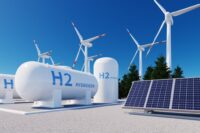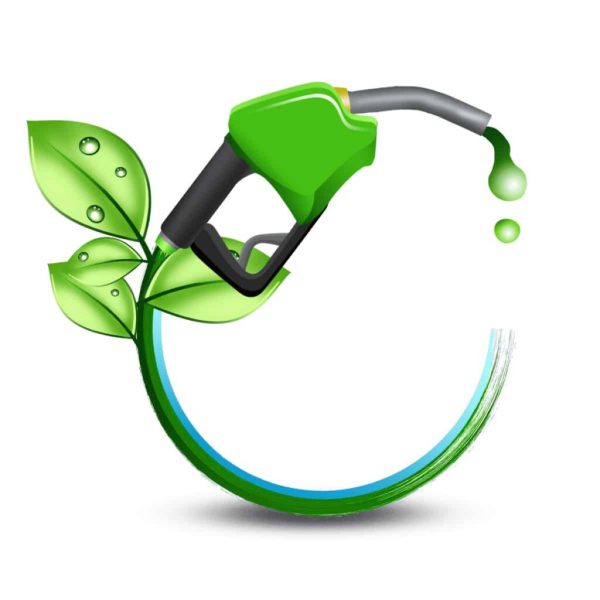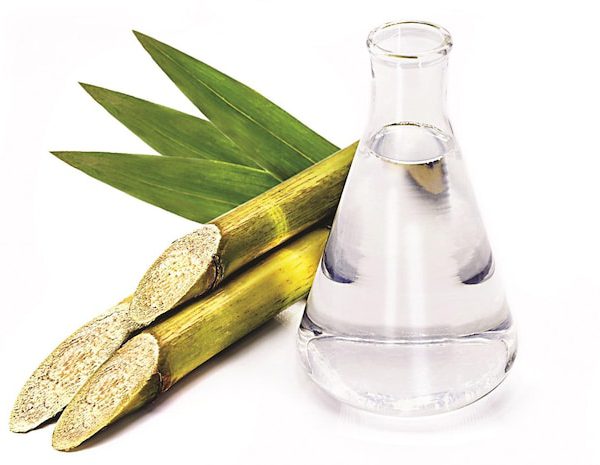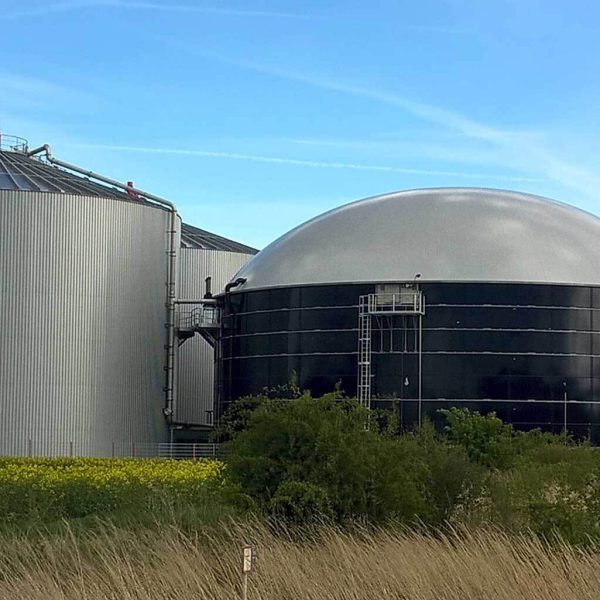Hydrogen: Fueling the Future with Potential
Description: Hydrogen, the most abundant element in the universe, carries the potential to revolutionize energy landscapes. While not a primary energy source itself, it acts as a versatile energy carrier, offering a clean and efficient alternative to fossil fuels across various sectors. Produced through various methods, including electrolysis of water using renewable energy or steam methane reforming, hydrogen boasts several key advantages:
- Zero carbon emissions at the point of use: When produced with renewable energy, hydrogen offers a clean alternative to fossil fuels, contributing to emissions reduction goals.
- High energy density: Hydrogen packs more energy per unit weight than many other fuels, making it ideal for long-distance transportation and energy storage.
- Versatility: Hydrogen can be used in diverse applications, including power generation, transportation (fueled vehicles), heating, and industrial processes.
Key Source Countries: Hydrogen production is still in its early stages, but several key players are shaping the market:
- China (30%): Leading producer primarily utilizing steam methane reforming, focusing on industrial uses and transportation.
- United States (20%): Significant production from both steam methane reforming and electrolysis, aiming for diversification and clean energy transition.
- India (15%): Growing production mainly for industrial applications, targeting renewable-based hydrogen in the future.
- European Union (12%): Strong commitment to clean energy goals drives investments in electrolysis and renewable hydrogen production.
- Japan (10%): Focusing on hydrogen for transportation and energy storage with significant imports.
World Output Volumes: Global hydrogen production reached approximately 90 million tonnes in 2022, with the vast majority (around 95%) being “gray hydrogen” produced from fossil fuels. “Green hydrogen,” produced with renewable energy, represents a small but rapidly growing segment, expected to contribute significantly in the future.
Major Producers and Market Share (Excluding China):
- Air Liquide (France) (10%): Global leader in industrial gas production, actively investing in hydrogen infrastructure and clean production pathways.
- Linde (Germany) (8%): Major industrial gas company focusing on hydrogen technologies and infrastructure development.
- IHS Markit (United States) (5%): Leading analytics and consulting firm providing insights and guidance for the hydrogen market.
- Shell (Netherlands) (4%): Energy major transitioning towards clean energy solutions, investing in hydrogen production and infrastructure.
- Plug Power (United States) (3%): Leading developer of hydrogen fuel cell systems for various applications, focusing on clean energy transition.
Forms of Trade: Hydrogen trades in various forms:
- Gaseous: Transported via pipelines or pressurized trucks for direct use in power generation, industrial processes, or refueling stations.
- Liquefied: Transported in cryogenic containers for longer distances or applications requiring high energy density.
- Carrier Molecules: Transported in the form of ammonia or other hydrogen-rich molecules, offering better transportability and storage options.
Price Trends (Past 5 Years): Precise tracking is challenging due to limited historical data and varied production methods. However, some key observations include:
- Gray hydrogen prices: Primarily influenced by natural gas prices, fluctuating based on energy markets.
- Green hydrogen prices: Remain higher than gray hydrogen due to production costs but are expected to decrease with technological advancements and scale-up.
- Government incentives: Policies promoting renewable hydrogen production and infrastructure development can positively impact price competitiveness.
Major Importing Countries:
- Japan (25%): Limited domestic production and strong demand for clean energy solutions drive significant imports.
- South Korea (15%): Growing demand for hydrogen in transportation and industry necessitates imports.
- Germany (12%): Ambitious clean energy goals lead to imports for various applications.
- European Union (10%): Diversifying hydrogen sources to meet ambitious renewable energy targets.
- China (8%): Domestic production primarily meets industrial needs, with potential for future imports for cleaner solutions.
Major Exporting Countries (Excluding EU):
- Australia (15%): Growing green hydrogen exports with abundant renewable resources and supportive government policies.
- Middle East (12%): Utilizing natural gas resources for gray hydrogen exports, exploring clean hydrogen production potential.
- United States (10%): Potential for future green hydrogen exports as production capacity expands.
- Chile (8%): Exploring green hydrogen exports leveraging abundant renewable resources.
- Morocco (5%): Developing green hydrogen projects with potential for future exports.
Other Important Aspects for International Traders and Buyers:
- Production Pathways: Choosing between gray, blue (with carbon capture), and green hydrogen





